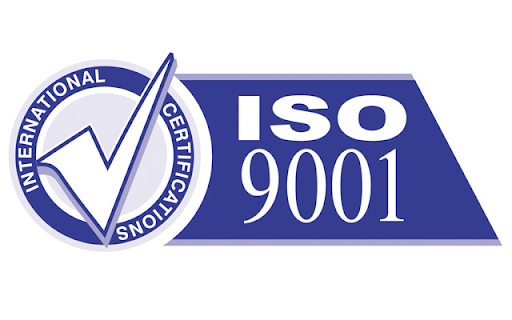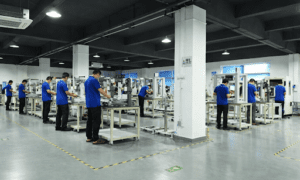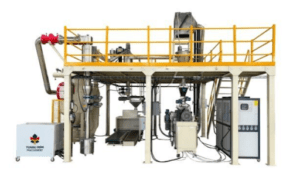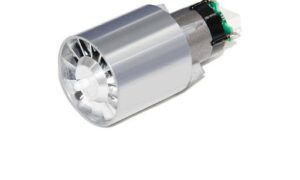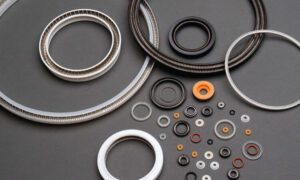Sourcing CNC machined parts from China offers significant cost advantages, but navigating the vast landscape of potential suppliers can be challenging. For an engineer or product developer, the goal isn’t to find the cheapest option, but to find a reliable, long-term partner who can deliver quality parts consistently. This guide provides a strategic framework for vetting and selecting the right manufacturer.
Technical Capabilities & Quality Control
A manufacturer’s claims must be verified. This initial step separates serious contenders from the rest.
Go beyond the website: A slick website is easy to create. Ask for unedited photos and videos of their workshop. Look for a clean, organized environment, modern CNC machines (3-, 4-, and 5-axis), and dedicated inspection areas.
Verify certifications: ISO 9001 is the baseline for a documented quality management system. Don’t just take their word for it—ask for a copy of their certificate and verify the certification number and its validity online.
Material sourcing and traceability: This is critical. Ask where they source their raw materials and if they can provide material certificates for every batch. For engineering-grade plastics and metals, this is non-negotiable to ensure you’re getting the specified grade and not a cheaper substitute.
Request sample parts: The best way to judge quality from afar is to hold a part in your hands. Offer to pay for a small sample run of your own part. This allows you to check everything from dimensional accuracy and tolerances to the quality of the surface finish.
Confirm their inspection process: A reliable CNC machining manufacturer will have a robust quality control process. Ask about their inspection equipment (e.g., CMMs, calipers, micrometers) and request an example of their First Article Inspection (FAI) report. This documentation should be a standard part of their service.
Overcoming the Communication Barrier
Clear and effective communication is essential to avoid costly errors and delays.
Assess technical English: The sales representative you first speak with may have excellent English, but they are likely not the person who will be reviewing your technical drawings. Ask who your direct engineering contact will be. It’s crucial that this person can understand technical specifications, including Geometric Dimensioning and Tolerancing (GD&T), to avoid misinterpretation.
Set clear expectations for response time: A professional manufacturer will have a system for handling inquiries across different time zones. A response within 24 hours is a reasonable expectation. Consistently slow or vague responses during the quoting stage are a major red flag.

Keep your communication Simple and Visual: Avoid using slang, idioms, or overly complex sentences. Use clearly annotated drawings, 3D models (STEP files are universal), and simple, bulleted lists to convey your requirements. Visuals transcend language barriers.
Look for DFM feedback: A true manufacturing partner will provide Design for Manufacturability (DFM) feedback. If a potential supplier reviews your design and suggests minor changes that could reduce machining time, improve part strength, or lower costs, it’s a strong sign that they are knowledgeable and invested in your project’s success.
Understanding Cost and Getting True Value
The lowest price on a quote is rarely the lowest total cost. Focus on finding the best overall value.
Beware of unusually low quotes: If one quote is significantly lower than all the others, be suspicious. This could indicate that the manufacturer plans to use subpar materials, is skipping essential quality control steps, or misunderstood the drawing’s requirements.
Insist on an Itemized Quote: A professional quote should break down the costs, including:
- Raw material
- Setup/tooling fees
- Machining time
- Finishing like anodizing and bead blasting
- Inspection
Calculate the total landed cost: The factory’s price is not what you’ll actually pay. You must factor in shipping costs, tariffs (import duties), and customs fees. A manufacturer experienced in exporting can help you estimate these to determine the true landed cost per part.
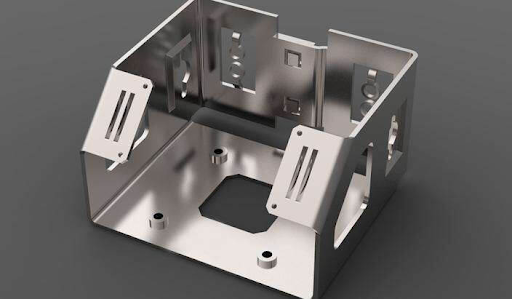
Clarify payment terms: The standard for new clients is typically 30-50% upfront and the remainder upon completion, before shipping. Be very cautious of any supplier demanding 100% payment upfront, especially on a large order.
Managing Logistics and Ensuring Reliability
A great part that arrives late or gets stuck in customs can derail your entire project.
Understand shipping terms (Incoterms): Clarify who is responsible for what. The most common terms are:
FOB (Free on Board): The manufacturer is responsible for getting the goods to the port in China. You are responsible for the sea/air freight, insurance, and import process.
DDP (Delivered Duty Paid): The manufacturer handles everything—shipping, insurance, and customs—delivering the parts directly to your door. This is simpler but often costs more.
Start with a small order: Never place a large production order with an untested supplier. Begin with a small pilot run (e.g., 10-50 units). This is your final test of their quality, communication, and ability to meet deadlines before you commit to a larger volume.
Ask for references: A reputable manufacturer with experience working with international clients should be able to provide references from customers in your country or industry.
Address Intellectual Property (IP) protection: This is a valid concern. While no method is foolproof, you can mitigate risk by working with established manufacturers who have a reputation to uphold and by having an NNN (Non-Disclosure, Non-Use, Non-Circumvention) agreement drafted by a lawyer familiar with Chinese law.
Choosing a manufacturer is a critical decision. By following this framework of rigorous vetting, clear communication, and a focus on total value, you can significantly increase your chances of success. If you’re ready to skip the hassle and partner with a team that has already done the hard work, contact Getzshape to discuss your project.

